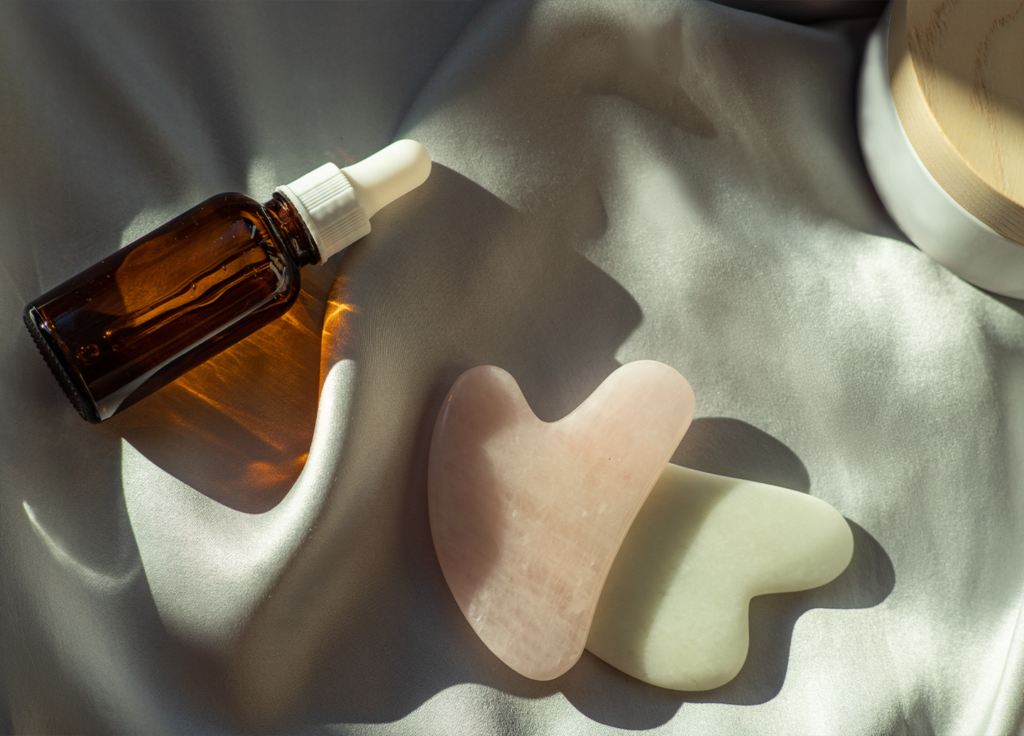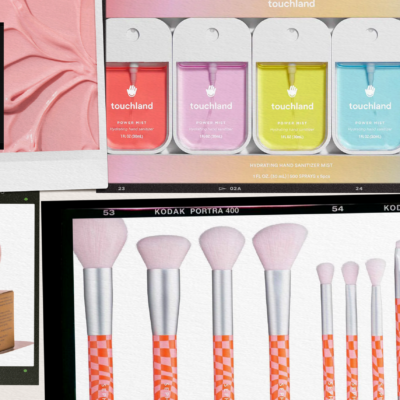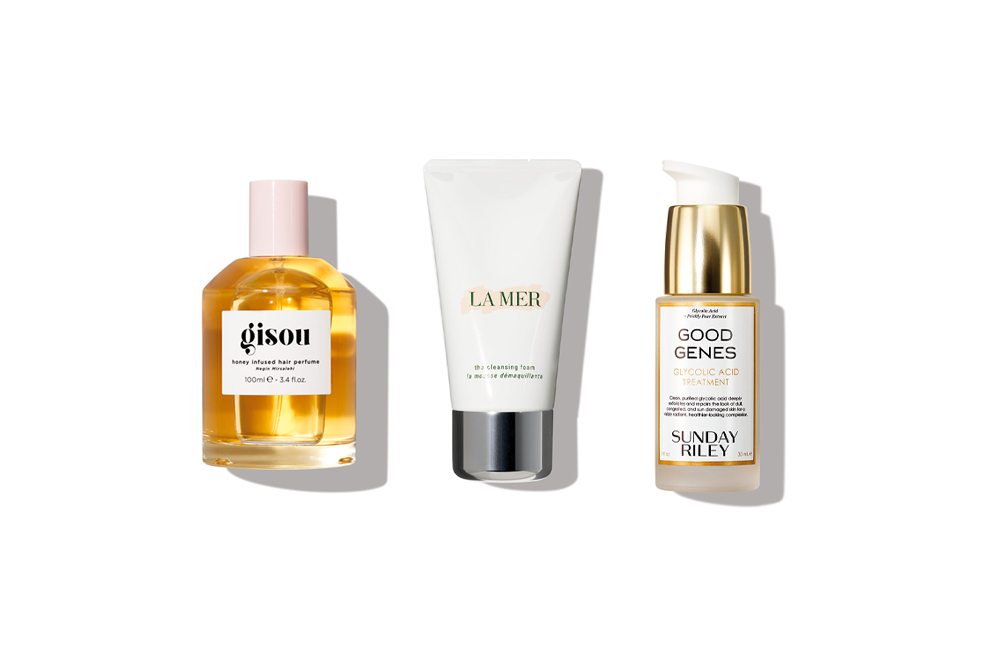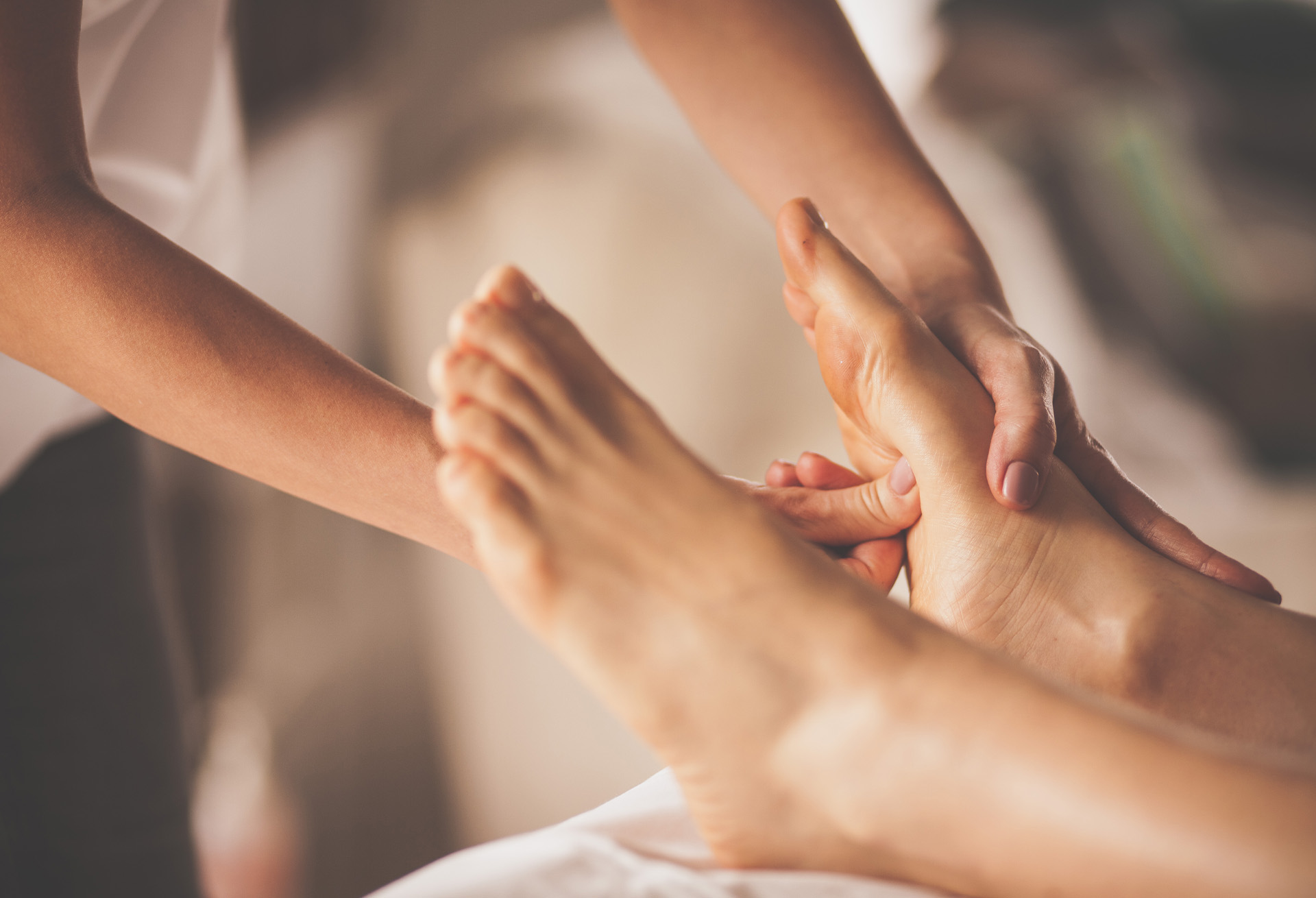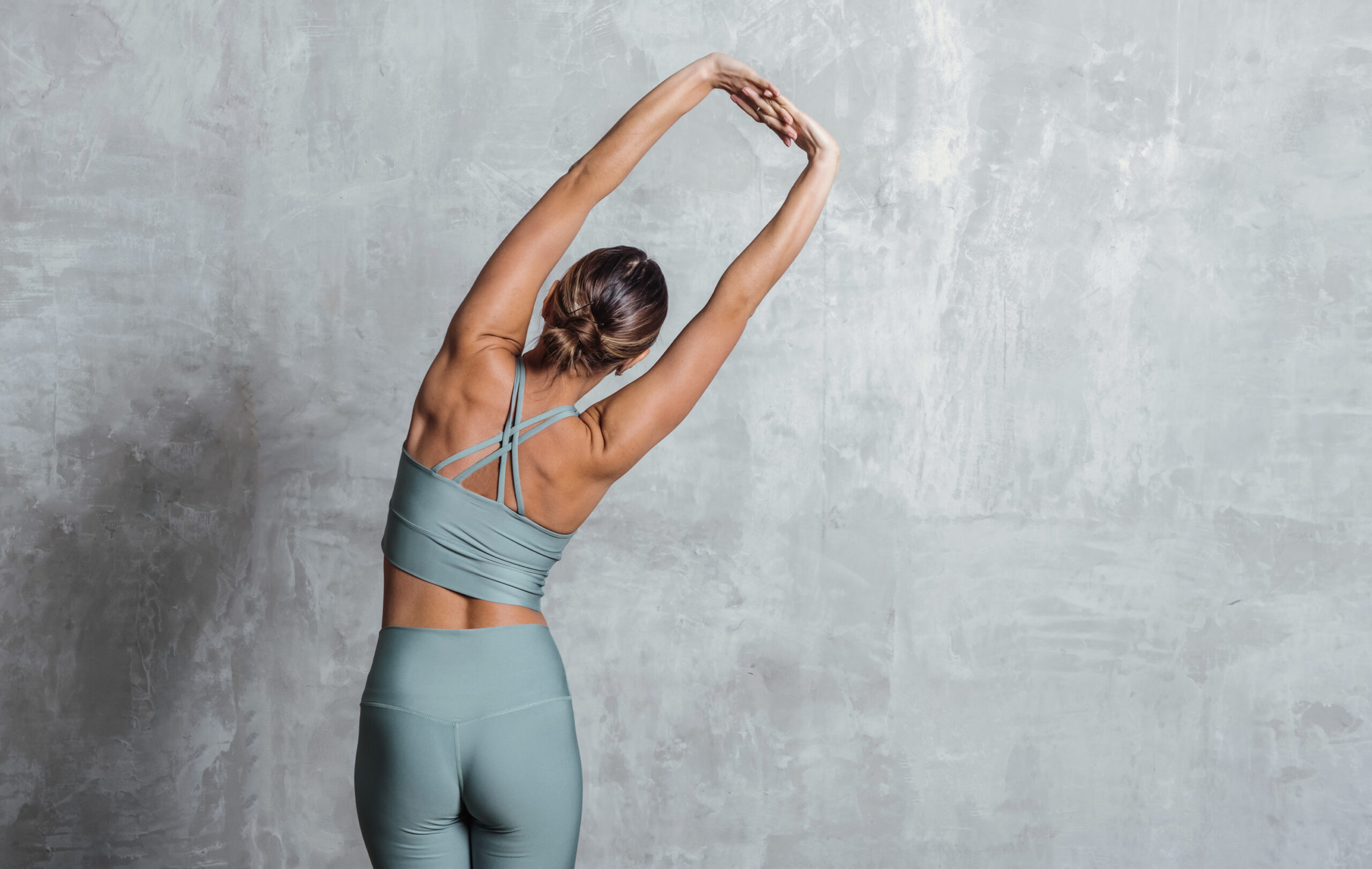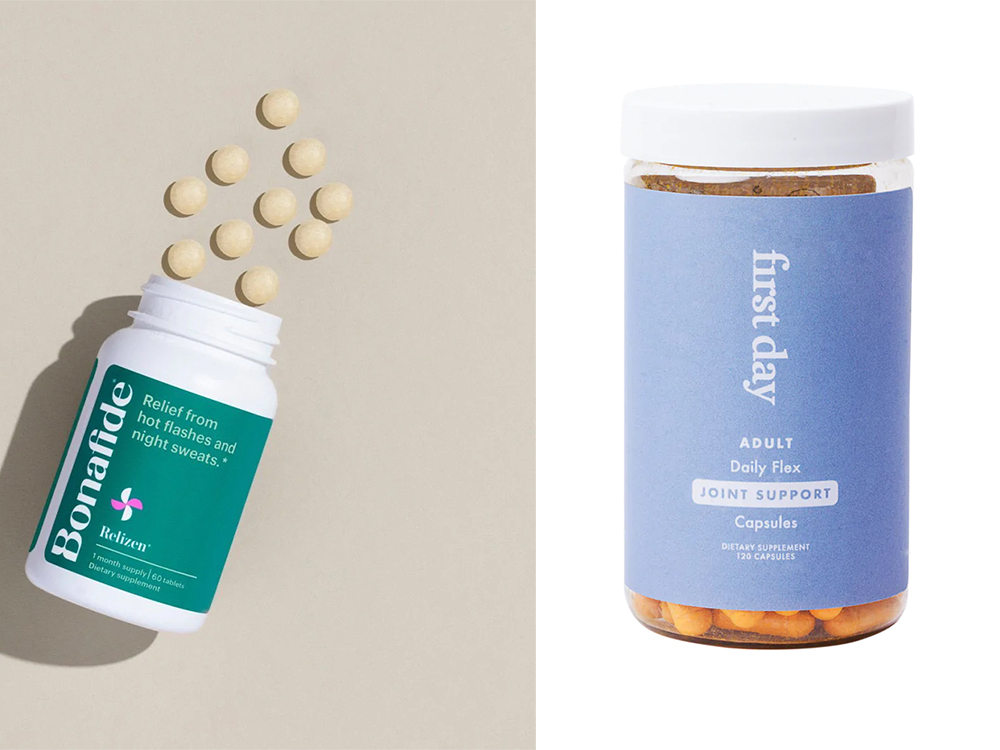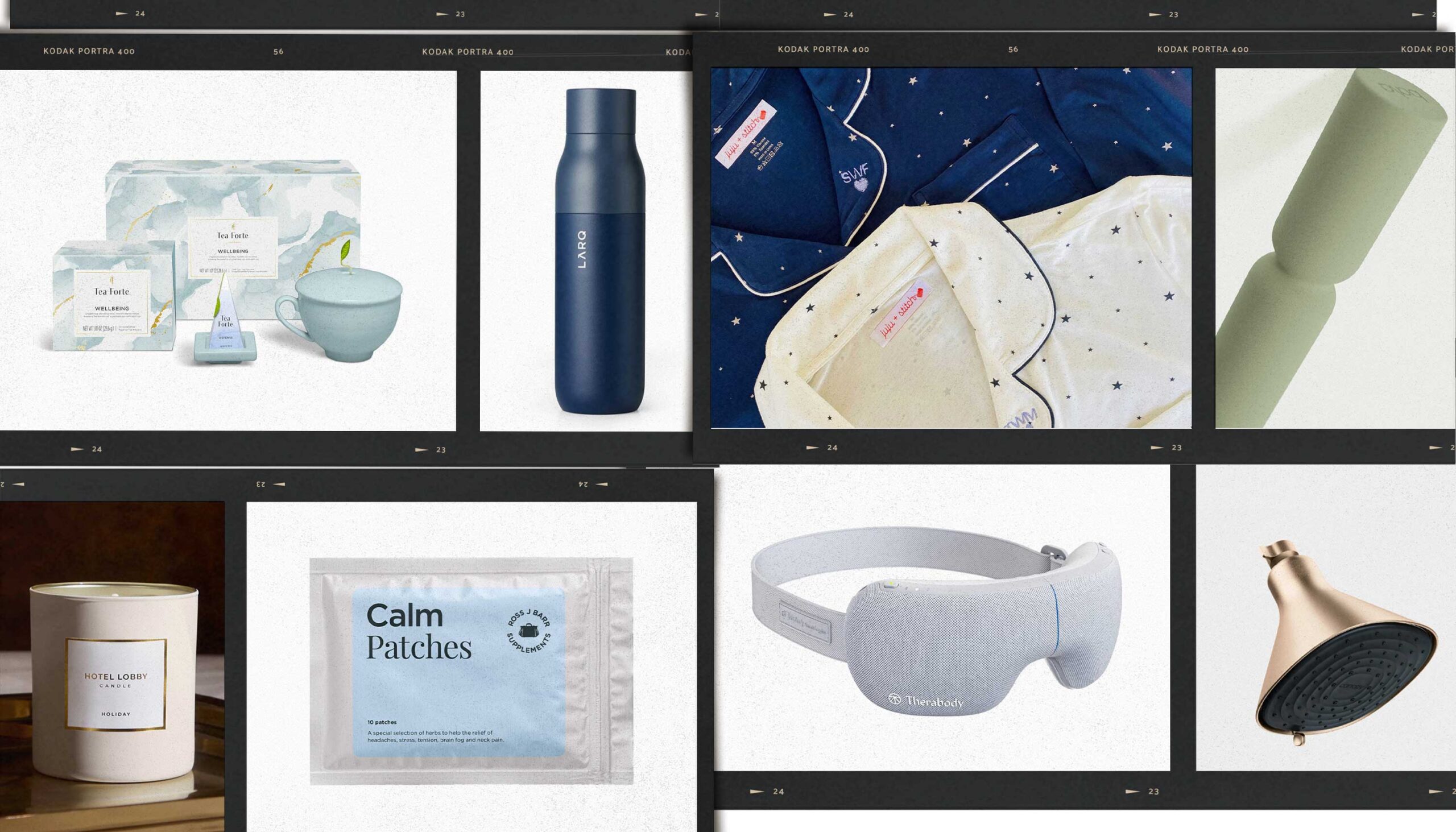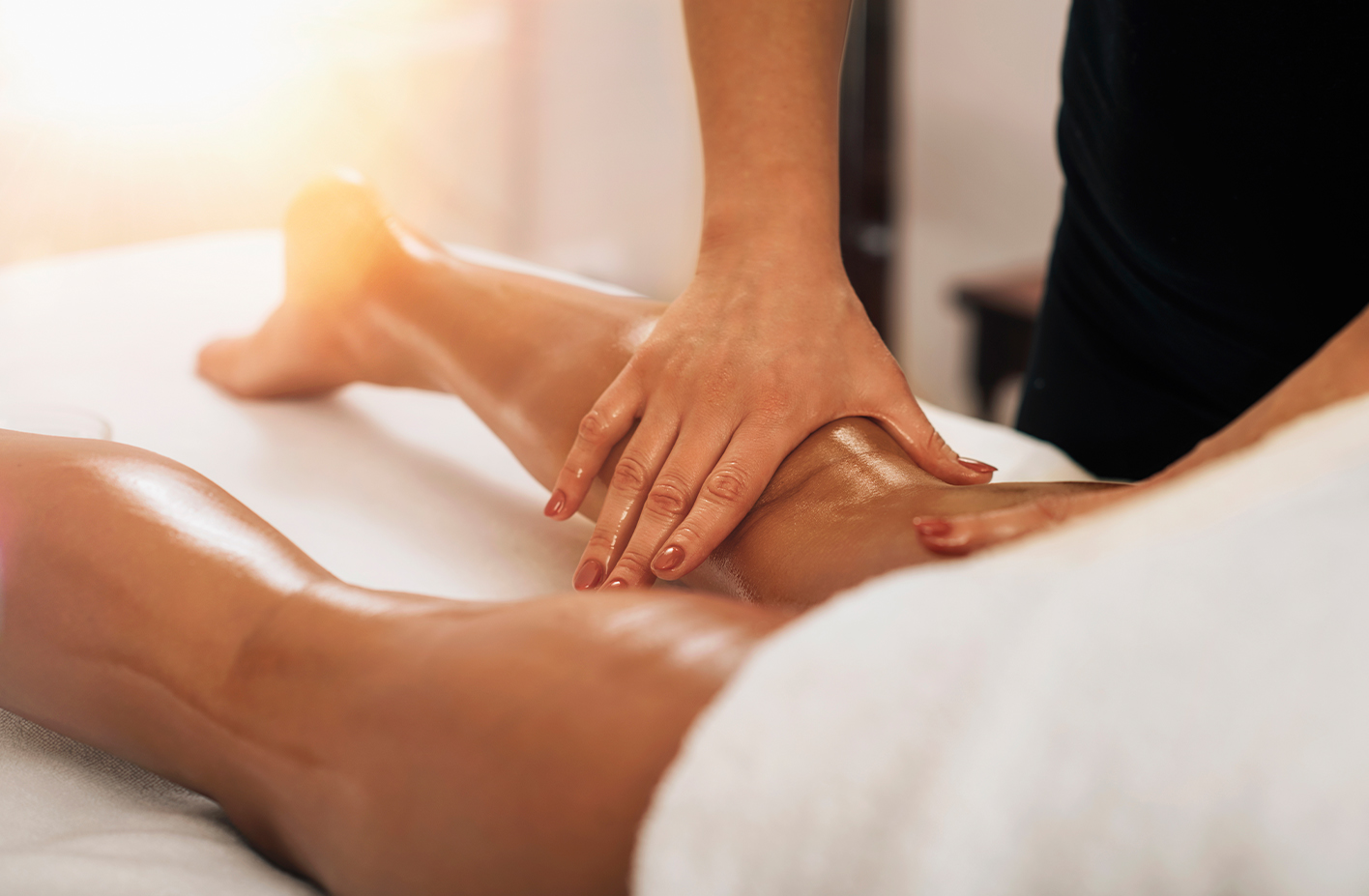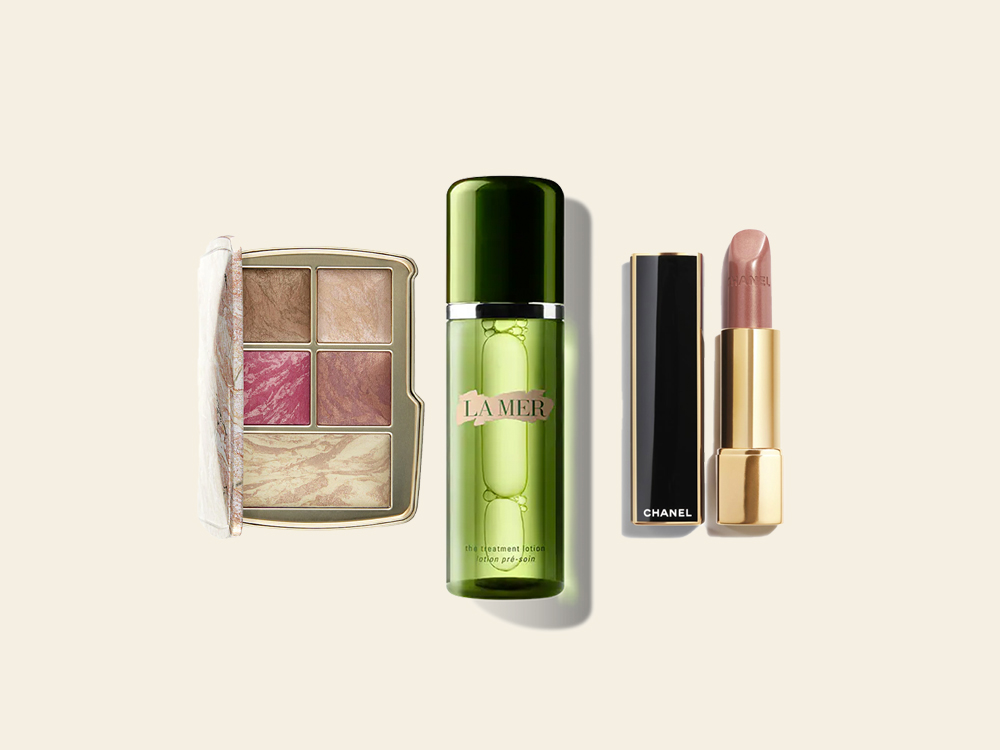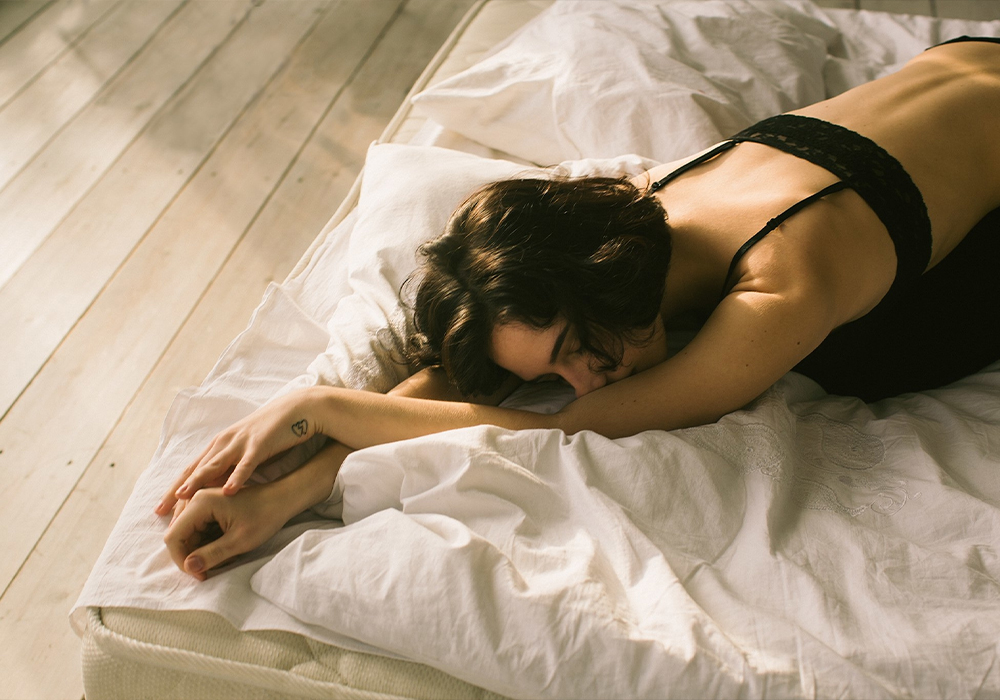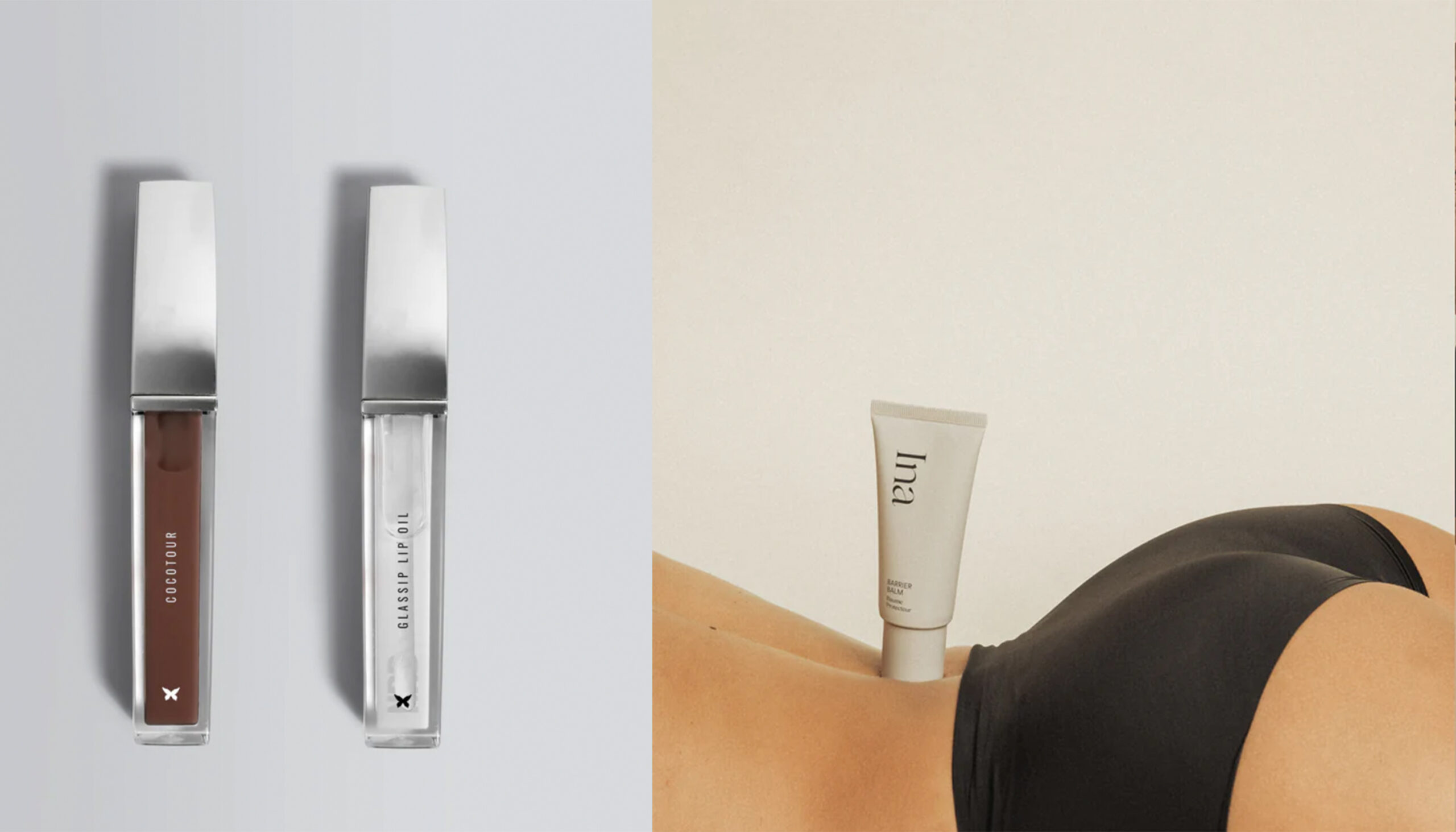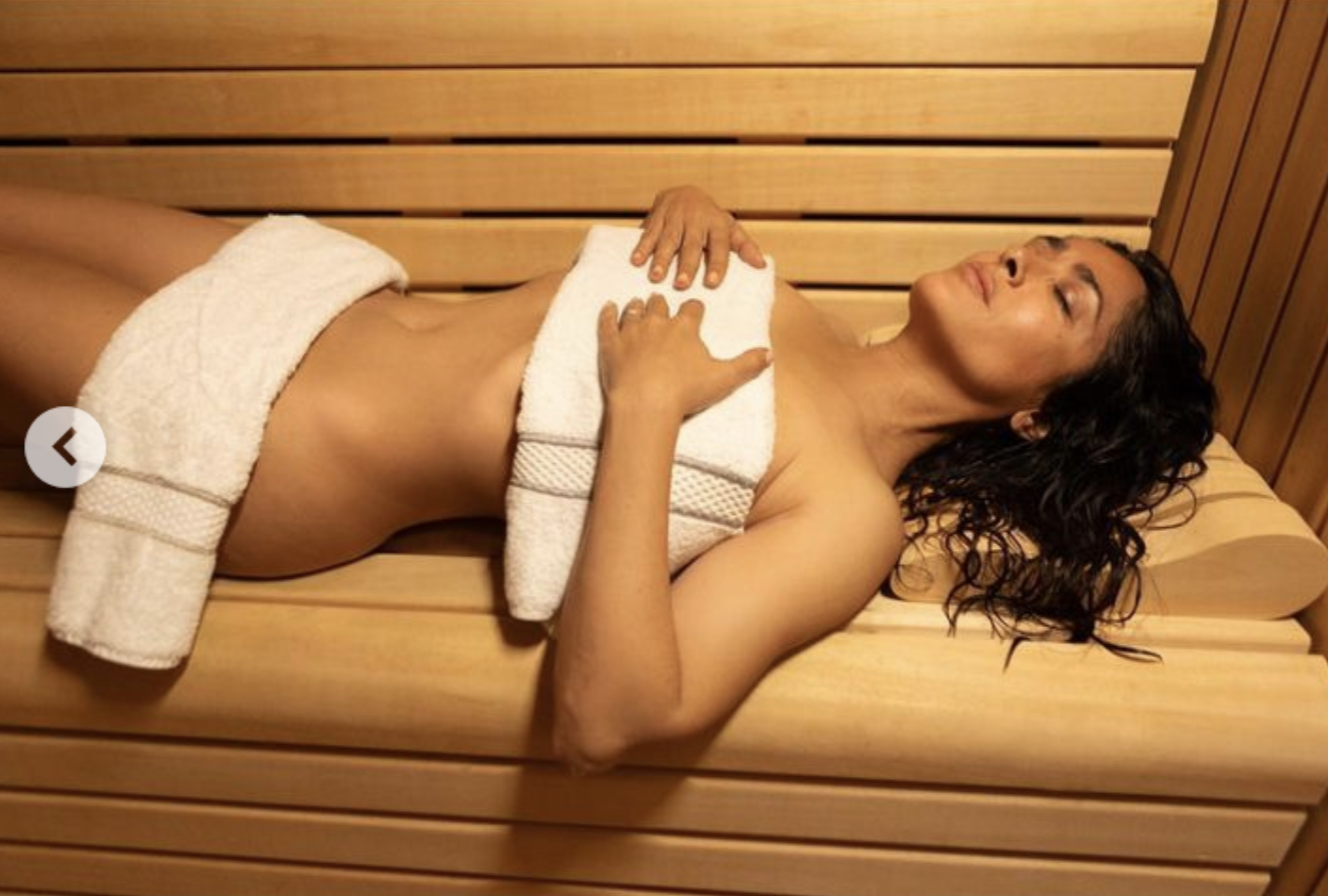From jade rollers to firming wands, there’s a lot to keep track of in the world of facial- sculpting products. One of the hottest skin-boosters among the bunch is the gua sha tool, a heart-shaped facial “scraper” that claims to calm, tighten and sculpt. Much like the handfuls of other tools we have stored in our bathroom cabinets, the gua sha tool looks a bit intimidating, but three experts say that mastering the art is worth it for bringing your routine to a whole new level.
What is gua sha?
“Gua sha, meaning ‘to scrape sand,’ is an ancient Chinese technique that was traditionally used to aid in the movement of Qi, or energy flow and increase circulation,” says Lin Chen, CEO and founder of self-care brand Pink Moon. While the practice has many other benefits, Chen claims that it’s still used for that exact reason. “Gua sha is also excellent for shortening acute illnesses like colds and flus and releasing tension,” she says.
According to dermatologist Joel Schlessinger, MD, this practice offers similar effects to that of a facial, just in the comfort of your own home. “The benefits include better circulation and potential relief from neck and facial pain,” he says. “The main concern with the gua sha massage is to make sure that the device is not used in a rough manner. Firm, but gentle pressure is the most important thing to remember. There is no benefit in too much pressure, which can often lead to bruising or actual skin damage.”
How can a daily gua sha practice impact your life?
According to Chen, “Gua sha helps carve out a time in your day to slow down, show your skin some love, and ease the tension we’re all feeling right now.” She also explains that the tool is not only used for the face: “I’m using my gua sha now more than ever—sitting in an at-home desk causes tension in the neck, chest and upper shoulders,” she says.
Celebrity facialist Candace Marino claims that with daily use, gua sha can help give us that “lit from within” glow we’ve been so desperately trying to achieve. “Because gua sha promotes blood flow, it allows for oxygen-rich blood cells to re-energize the face,” she says. Marino also explains that gua sha purportedly improves lax skin and wrinkles, delivers a sculpted appearance, aids in lymphatic drainage and is an incredible technique for decreasing puffiness.
How long does it take to see results?
While most facial treatments take some time to deliver results, FaceGym global education manager Sophie Perry says you can see results immediately with gua sha. “That’s the beauty of the practice,” she says. “Of course, more maintenance offers more dramatic results, but my top tips are to work slow, with repetition and intention. Once you begin to notice the many benefits if offers, the practice becomes truly addictive!”
In terms of how long you should be using the tool at a time, Perry says a few minutes a day makes a great difference. “Even aiming to keep up with your gua sha practice a few times per week is great at boosting the lymphatic system and maintaining healthy fluid movement as well as lifting the facial contours.”
How it’s done:
Chen has two to-do’s before face meets tool: Start with a clean face and prep your skin with an emollient like a face oil or balm. “With the stone at a 15-degree angle, begin at the base of your neck with the tool’s long straight edge and glide upwards towards the jawline. Then, transition towards the center of the neck with the same straight edge, continuing to move towards the jawline. Repeat three to five strokes per area and switch to the other side.”
Next, Marino recommends focusing on the chin. “Gently glide the tool up the throat towards your face, along the soft area under your chin. Then, gently press and hug the middle of the chin and guide the gua sha out along the jawbone until you meet the earlobe, ensuring that you’re still performing about five strokes per area.”
“Place the tool under the cheekbone using the flat straight edge again and keep gliding the tool up to the earlobe. If you’re experiencing a headache, make sure to gently wiggle the tool back and forth once you hit the earlobe,” says Chen. “Continue by placing the curved points on the cheekbone and gliding the tool towards the temple.”
Finally, after gently sweeping the tool under the eyes, “press the gua sha into the center of the forehead above the brow bone, and with a long stroke, move out towards the temple,” says Marino. “For what I like to call the ‘big sweep,’ move the tool from the center of your forehead, under the hairline, down your temple to your ear, and then down the side of the neck.”
What not to do:
“Gua sha is a great practice for everyone,” says Perry. However, it has a few contradictions: “It should not be performed over broken, inflamed skin conditions. Also, pregnant ladies are recommended to avoid working certain areas such as the sides of the neck and mouth area.”
